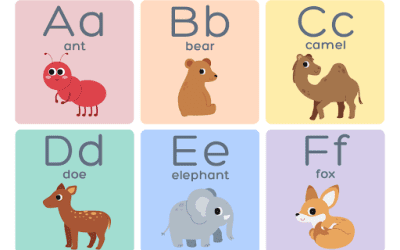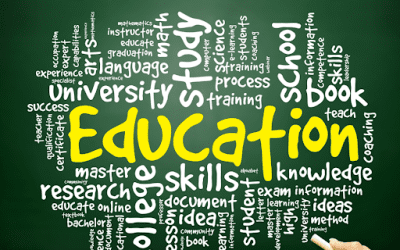As an educational publisher, creating products that effectively engage and educate K-12 students is vital to your success. It’s important to make sure that your educational products stand out. They must provide a valuable learning experience. Here are 7 tips to keep in mind when creating high-quality instructional materials for K-12 students:
1. Align with Curriculum Standards
The high-quality instructional materials you produce must align with the curriculum standards of the state or district you’re targeting. The products should also align with any subject-specific standards from national organizations. Develop cross-walk guides to help your instructional materials align with multiple curricular standards. The educational products should also reflect the level of rigor expected for each grade level.
2. Use Active Learning Strategies
Active learning strategies, such as hands-on activities and project-based learning, can increase retention. So make sure your educational products include the following:
- Use of real-world situations to encourage students to think critically, solve problems, and apply their learning.
- Enhancement of the learning experience through technology like interactive whiteboards, videos, or simulations.
- Discussion strategies that allow all students to participate, such as think-pair-share, wait time, and sentence standards.
3. Incorporate the Universal Design for Learning
Universal Design for Learning (UDL) is a framework that guides the design of educational products to accommodate the diverse needs of all learners. It recognizes that students have different backgrounds, learning styles, and abilities. It aims to provide multiple means of representation, expression, and engagement to support their learning. UDL encourages the use of technology and multimedia, flexible teaching strategies, and flexible assessment options to create an inclusive and accessible learning environment for all students. By incorporating UDL principles, educational publishers can create instructional materials that are flexible and adaptable. This will allow all students to access the content and participate in the learning process.
4. Show Diverse Perspectives
Diverse perspectives and experiences can enrich the learning experience and promote inclusivity in the classroom. Consider using a variety of cultures, perspectives, and experiences in your instructional materials. This can mean showcasing different perspectives on historical events, including voices from underrepresented groups. Educational publishers can also integrate multicultural literature into reading materials.
5. Provide Helpful Assessments
Practice and assessment are critical components of student learning. High-quality instructional materials should provide ample opportunities for both. Make sure to use the strategies below:
- Align assessments with learning standards/goals
- Use a variety of methods
- Provide clear and specific performance criteria
- Make it easy for students to receive timely and specific feedback
- Let teachers use assessments to improve instruction
- Ensure authenticity and fairness
- Involve students in self-assessment and goal-setting
6. Foster Student Engagement
Instructional materials should be engaging and relevant to students to keep their attention and promote learning. Consider the ideas below to keep students engaged:
- Incorporate hands-on, experiential learning opportunities
- Provide real-world connections to course content
- Encourage student choice and autonomy
- Promote group work and collaboration
- Use technology and multimedia resources
- Offer opportunities for student self-reflection
- Encourage critical thinking and problem-solving
7. Include Social Emotional Learning (SEL)
Educational publishers should design lessons and activities that promote the development of crucial SEL competencies such as self-awareness, self-management, social awareness, relationship skills, and responsible decision-making. Educational publishers should provide scenarios that require students to practice and apply SEL skills. Publishers can also give students opportunities to reflect on their emotions and thoughts. Discussion prompts and reflective writing activities encourage students to understand and process their experiences related to SEL. By incorporating SEL into the curriculum, publishers can play a crucial role in helping students develop the skills they need to thrive in school and in life.
Conclusion
High-quality instructional materials can greatly impact student learning and development. By incorporating these seven tips, educational publishers can create educational products that are effective, engaging, and relevant to students.




